-
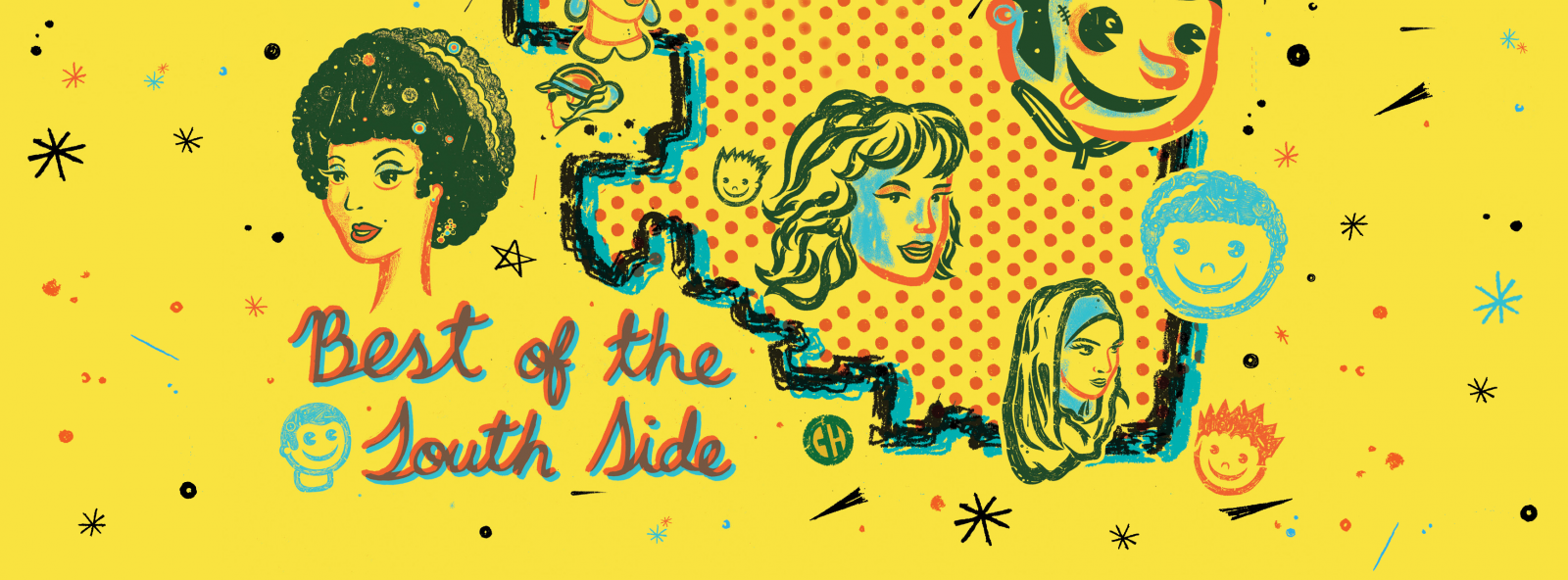
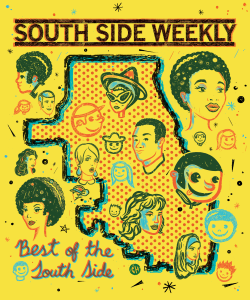
Best of the South Side
-
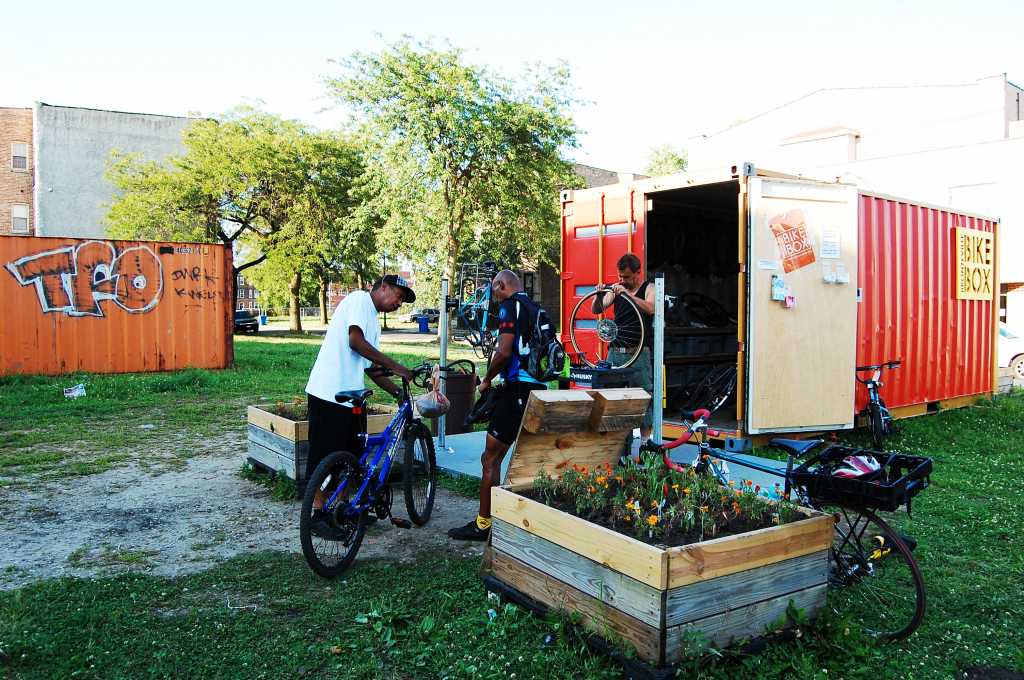
Bronzeville
A walk on the main boulevard of Bronzeville, Martin Luther King Drive, brings sights of grand stone homes that are slightly chipped around the edges, tree-lined parking lanes, and detailed murals—both fading and fresh, on the same block—of poetry and religion.
-
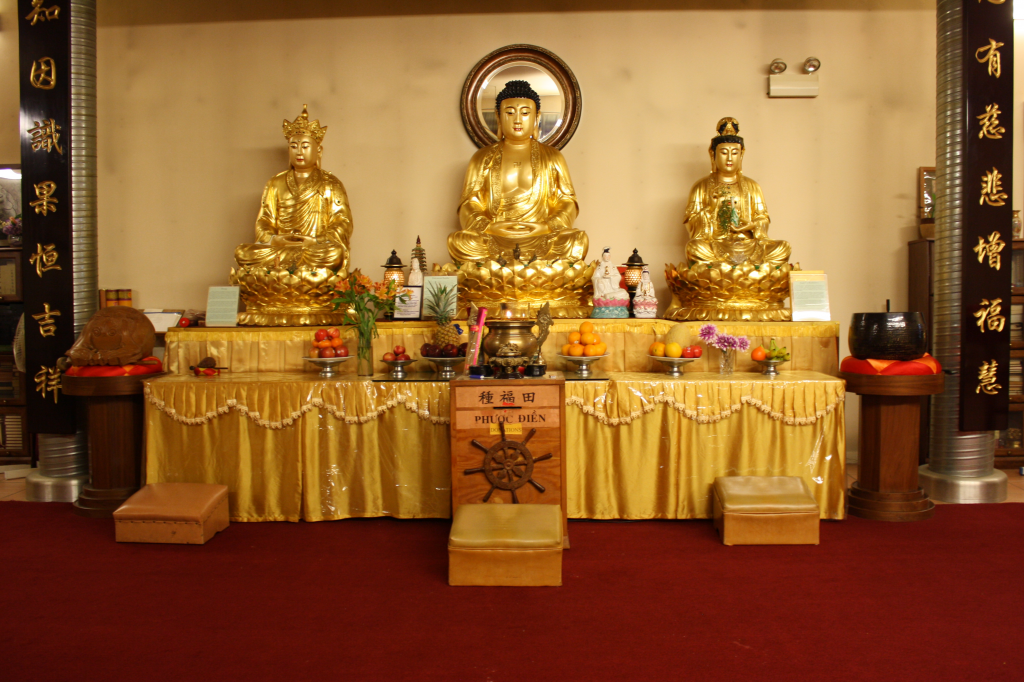
Chinatown
Chicago’s Chinatown is changing. Geographically, the area can be divided into two parts: the long, familiar stretch along South Wentworth Avenue, and the somewhat brighter section surrounding the Chinatown Square mall, directly to the north.
-
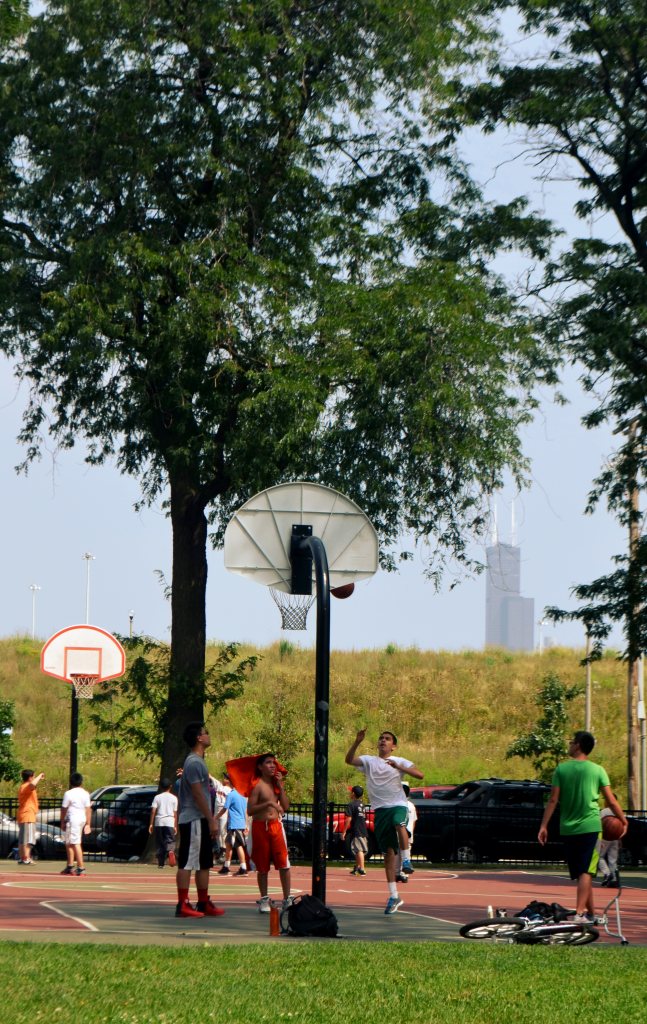
Bridgeport
Bridgeport on a Sunday morning: a seating queue winds snugly around the corner of the organic eatery Nana, its outdoor café space buzzing both with young brunchers and the bees that dive-bomb them from the planters. There’s a sidewalk sale assembled on the stoops of Jackalope Coffee and Tea House, attracting a crush of folks who are perhaps too cool for you.
-
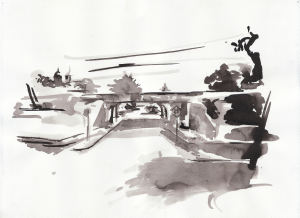
Back of the Yards
Let the name be a clue—more than anything, this community, alternately known as New City, is and has always been defined by its proximity to what is perhaps Chicago’s most storied industry: the stockyards.
-
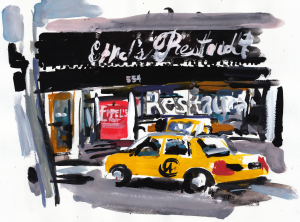
University Village & Little Italy
Both “University Village” and “Little Italy” could be considered misnomers—titles that describe the neighborhood by certain identities as others have been successively carved away.
-
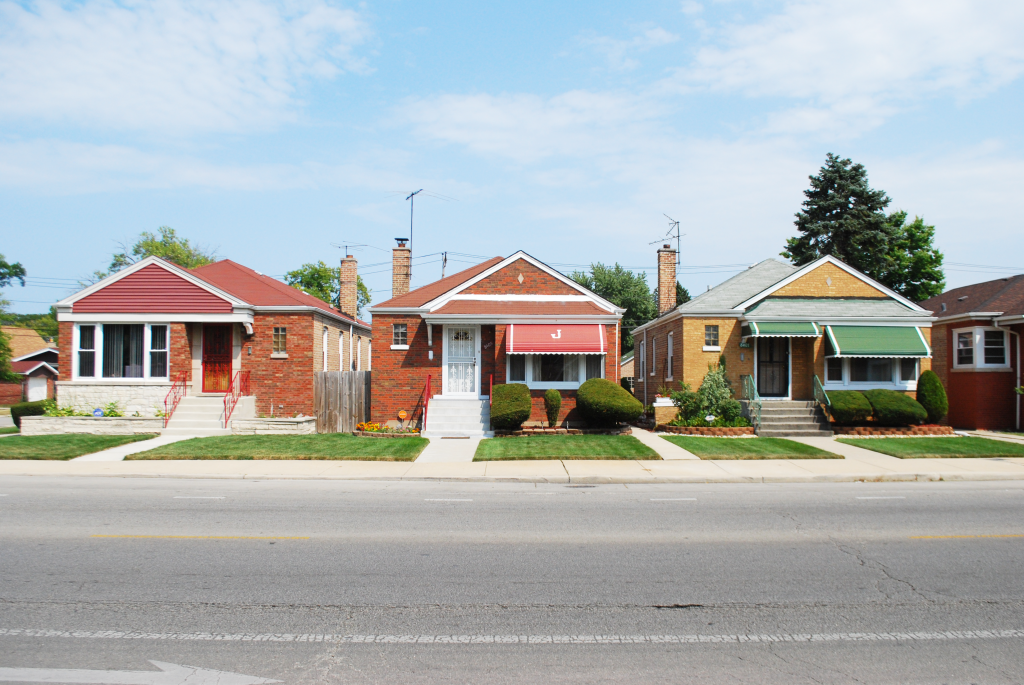
Auburn Gresham & GGC
On Loomis and Parnell children are playing before dinner. From the grey monolith of St. Sabina Church the strains of an organ pour out in waves. Singing rattles the slightly open windows.
-
Far Southeast Side
Past the banks and the wetlands are single-family homes and green lawns, turn-of-the-century mansions in Pullman, and two of the oldest public housing projects in Chicago, Altgeld Gardens and Trumbull Park Homes.
-
Englewood
Today, Englewood, which sits at the geographical heart of the South Side, is often used as a metonym for the violence and poverty that pervade huge swathes of the city. As you might expect, many residents find that unfair.
-
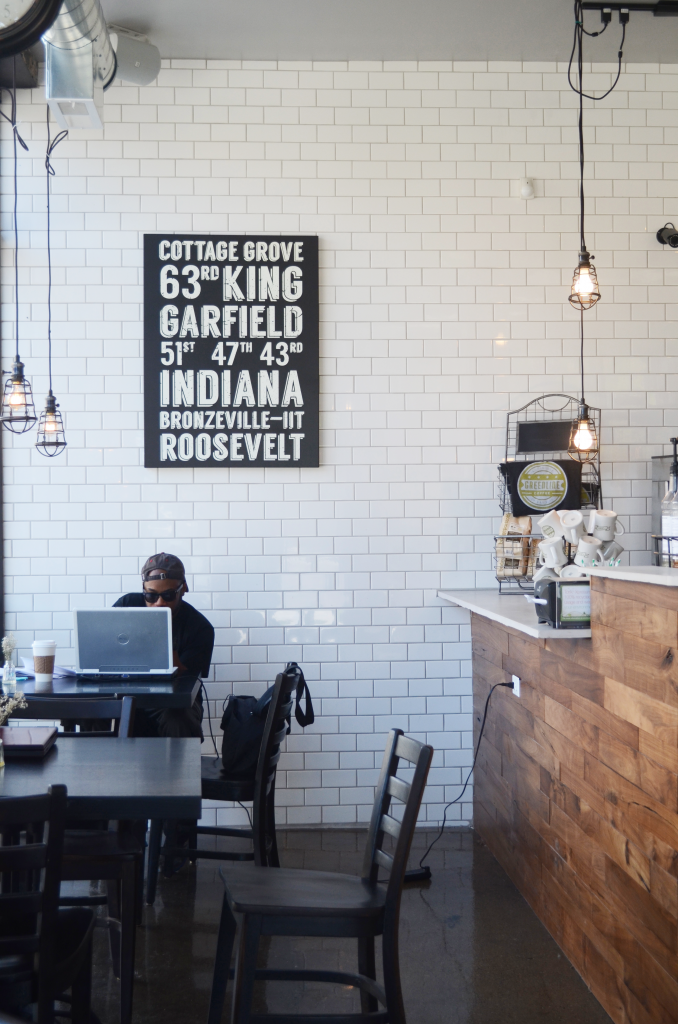
Woodlawn & Washington Park
Woodlawn and Washington Park continue to live up to their historic reputation for activism. Offices for STOP—Southside Together Organizing for Power—remain at 61st and St. Lawrence.
-
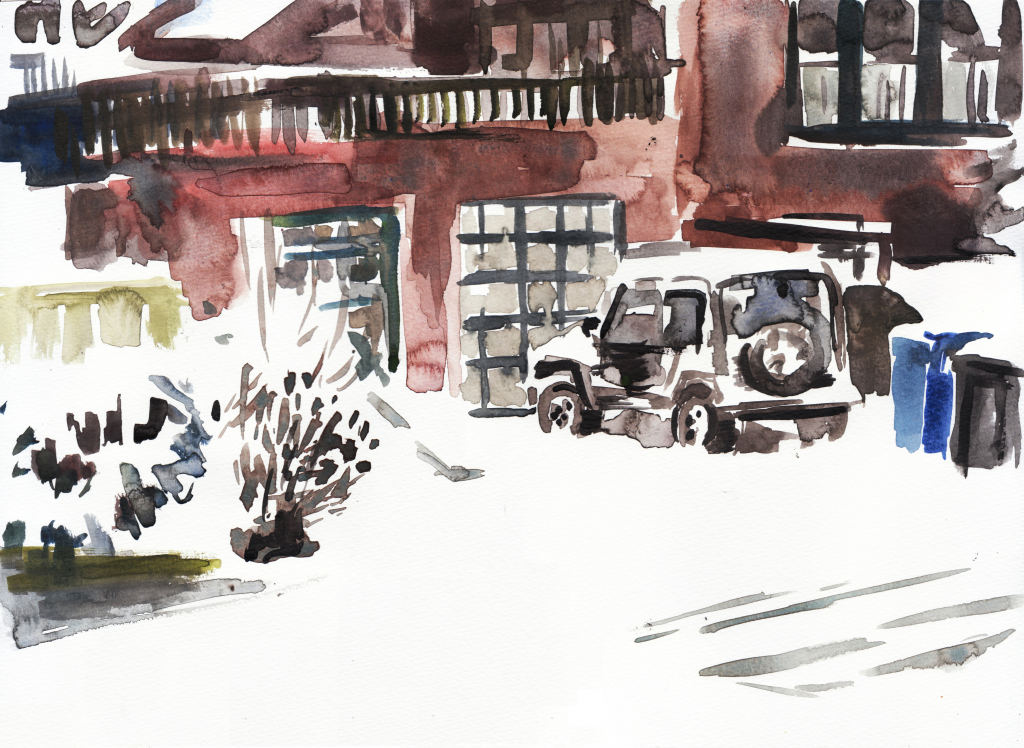
Beverly
Especially for an outsider, the neighborhood conjures a nostalgia for small-town life, whether real or imagined.
-
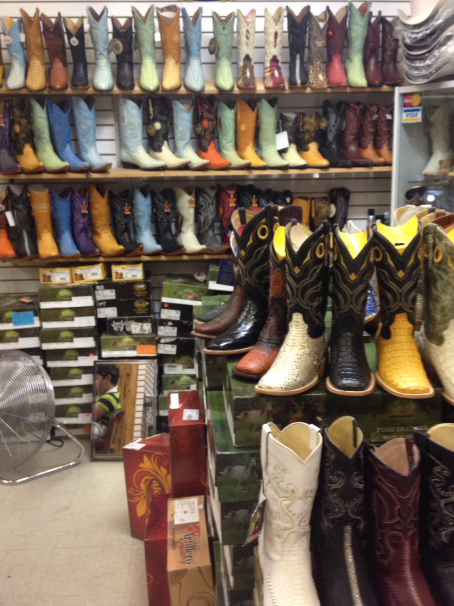
Little Village
In truth, standing on the corner of 26th and Trumbull next to a shaved-ice stand offering raspados de hielo con jarabe de fruta, the musical cadence of Spanish and street signs bearing “ñ’s” all around, the steely skyscrapers of the Loop seem a lot more than five miles away.
-
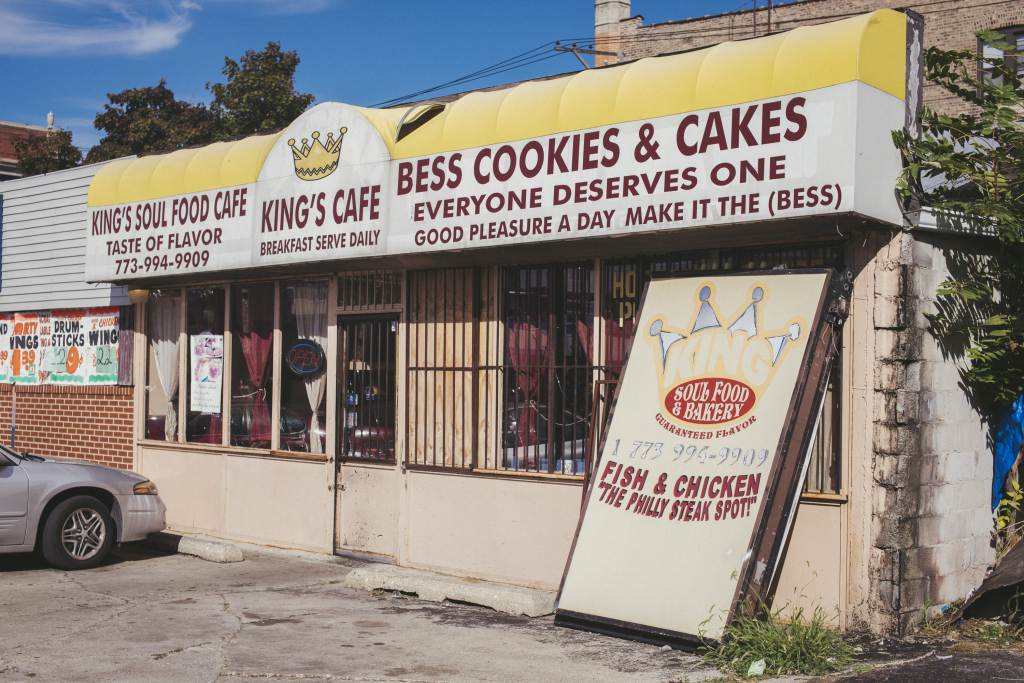
Chatham
Conversation today in Cottage Grove establishments like King’s Café revolves around the president’s address regarding the violence in Ferguson. People milling around TVs talk about how those kids are like brothers and sisters, that they know too many Chatham teens whose lives have been put in danger in the same way.
-
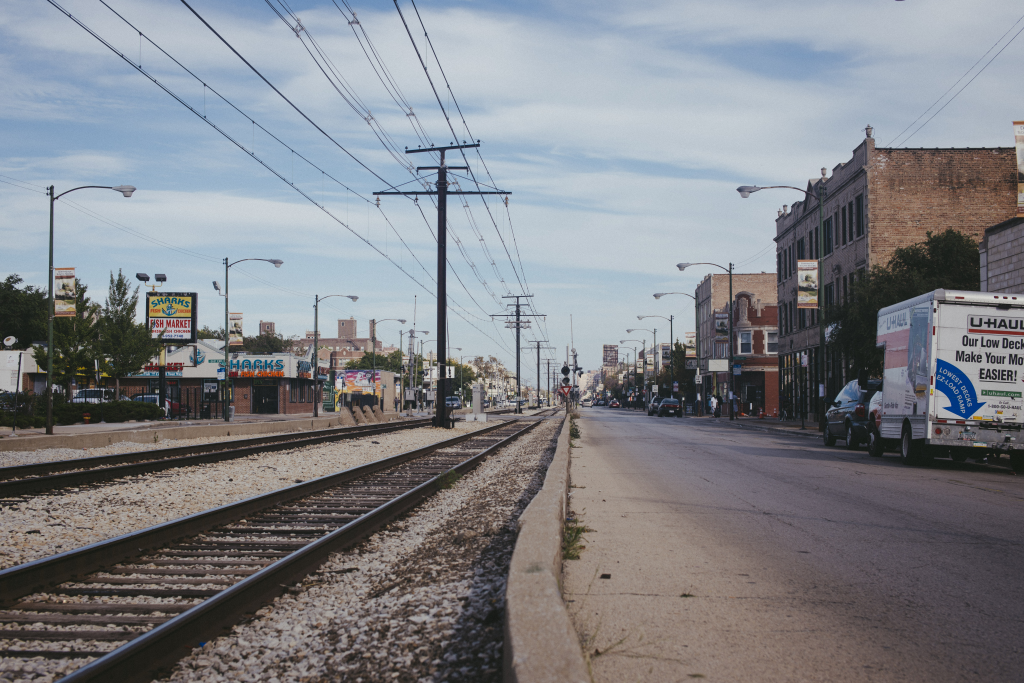
South Shore
It seems almost impossible that the geographical bulk of the South Shore neighborhood—running from Stony Island to Exchange and from 71st to 79th—encompasses only a few square miles of land.
-
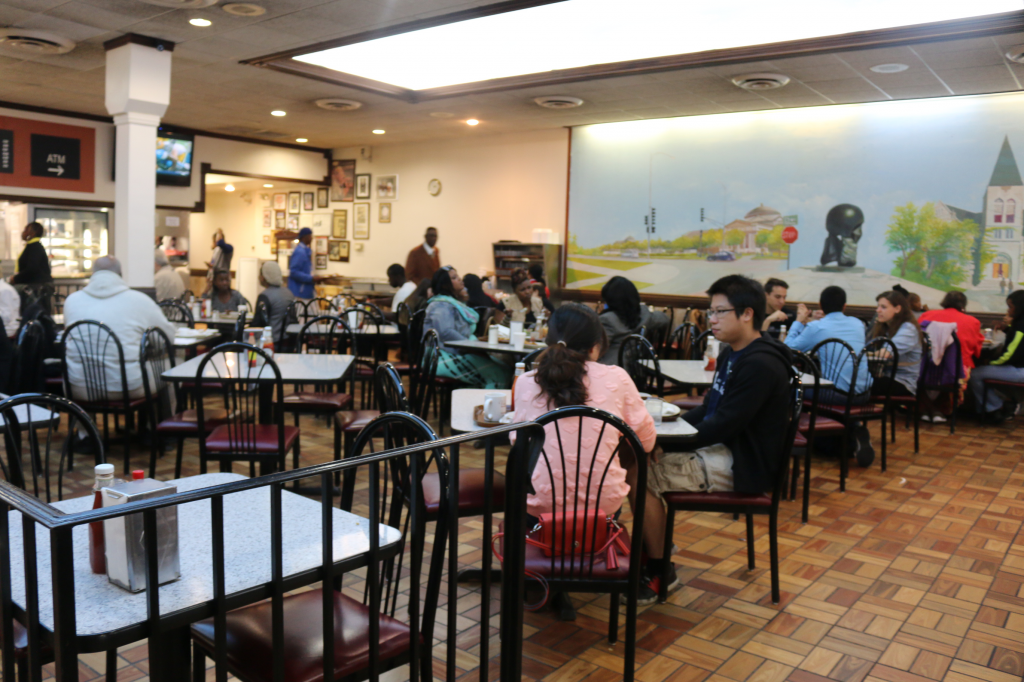
Hyde Park
As a neighborhood, Hyde Park is an embodiment of the phrase, “the more things change, the more they stay the same.” The neighborhood has historically been a site for great change and great resilience, with the University of Chicago often playing a central role in these dramas.
-
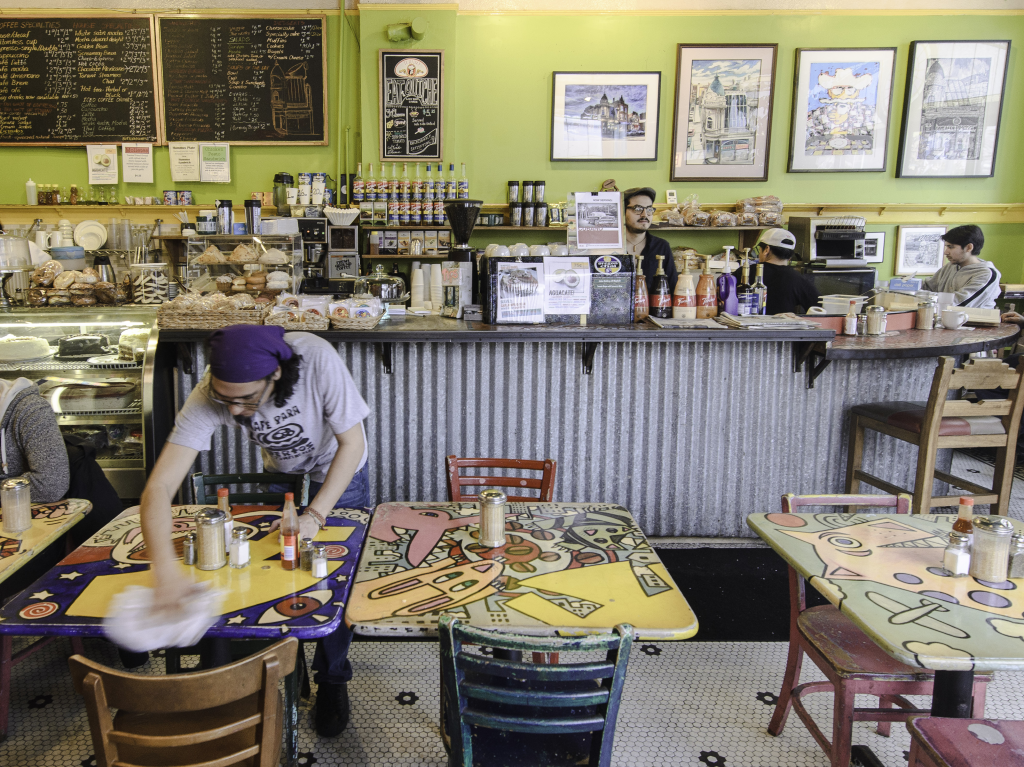
Pilsen
This summer, a prominent real estate firm selected Pilsen as one of twenty-three neighborhoods nationwide to keep an eye on, citing “a lot of commercial revitalization.” But this is no new story: Pilsen residents have decried gentrification since the early 2000s, and (with varying degrees of success) have pushed to preserve Pilsen’s legacy as a stronghold of the Mexican working class.
-
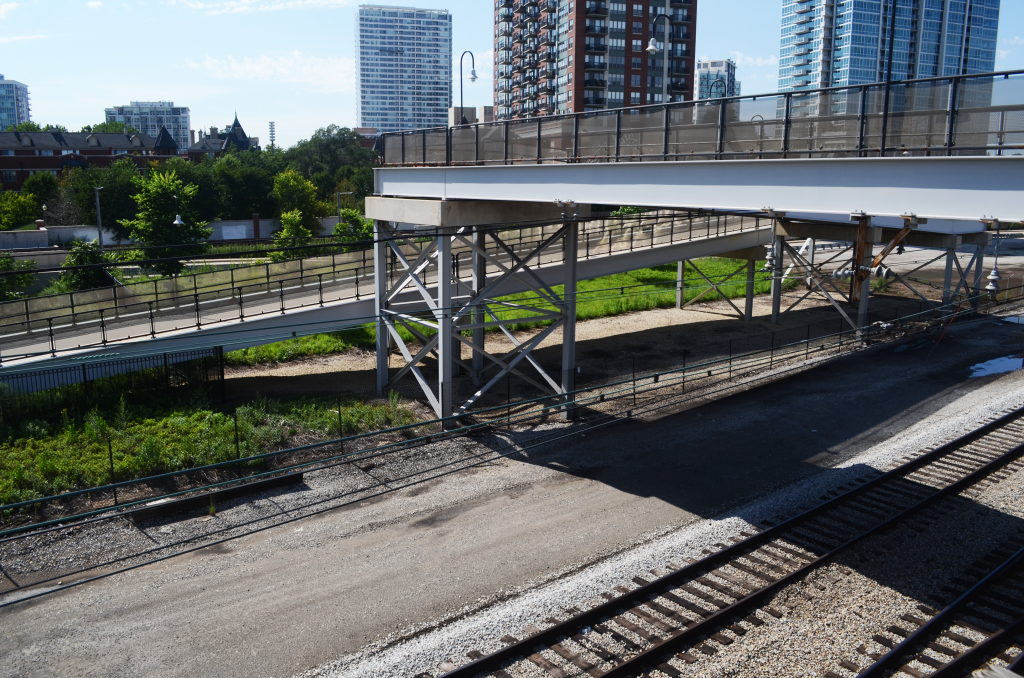
South Loop
In the lush, winding Women and Children’s Park in the Prairie Avenue Historic District, kids play hide-and-seek near a bubbling fountain while day camp counselors mediate tiffs between toddlers. A mother of two pushes a stroller, picking a few apples from one of the garden’s trees and stowing them in her backpack. “I’ve already baked two pies,” she admits.


